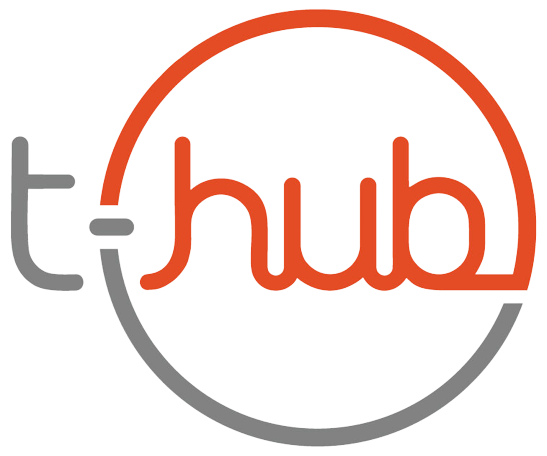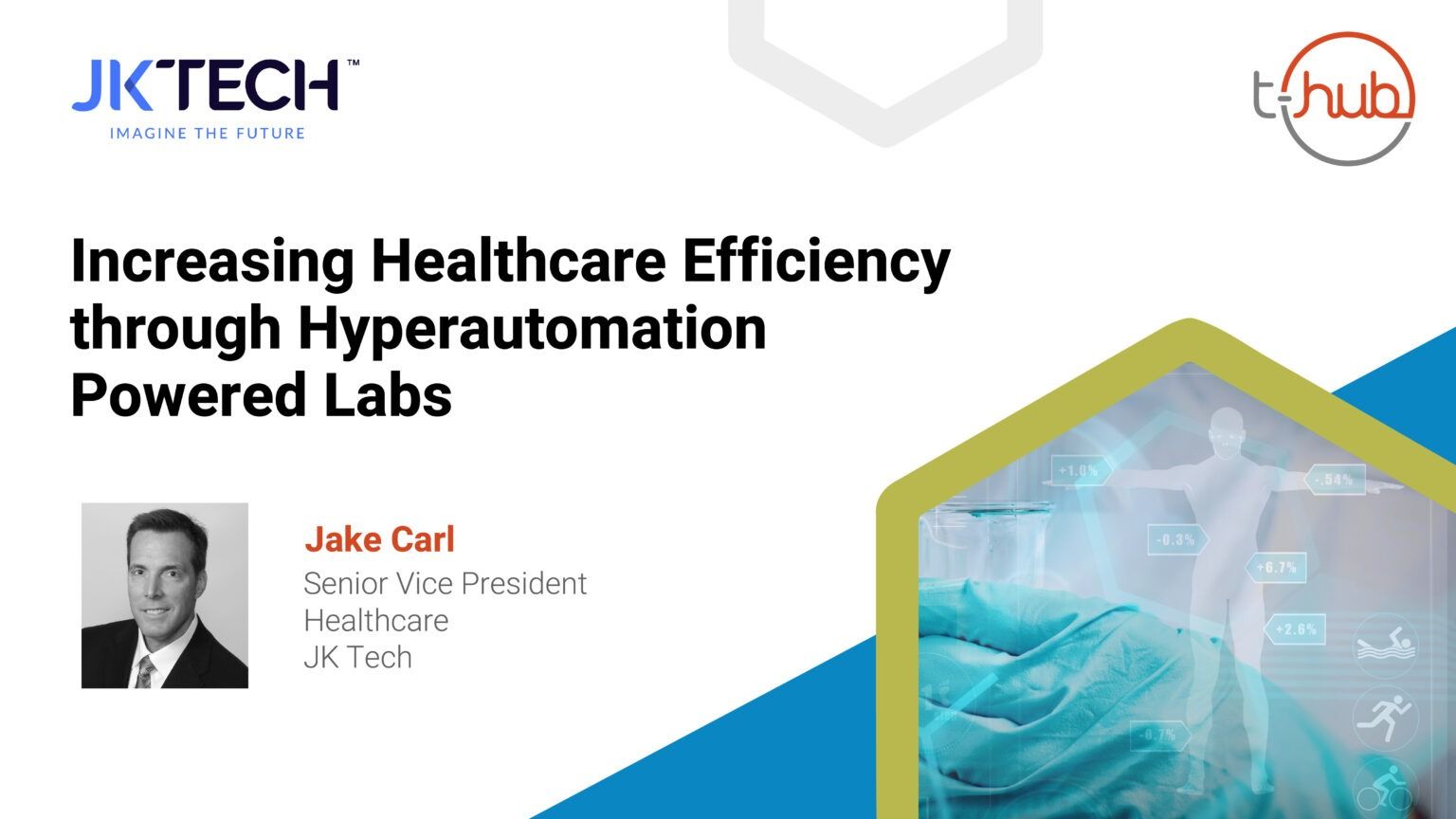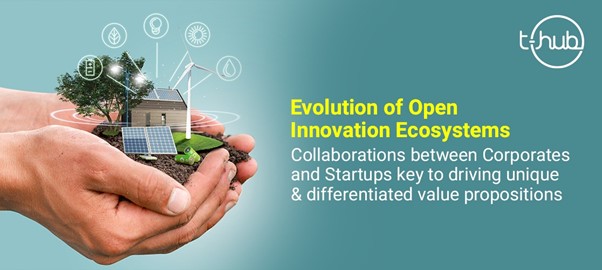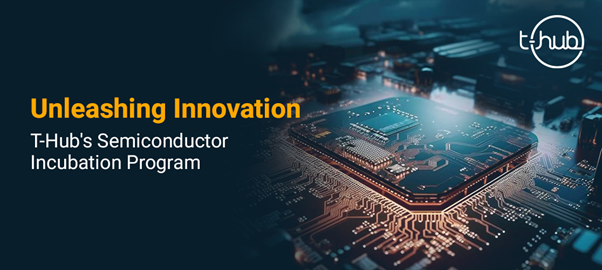Hyperautomation primarily focuses on combining additional intelligence to adopt a more effective system-based approach to the growing automation initiatives. It stresses the significance of striving to strike the best possible balance between replacing human effort and optimizing difficult stages.
It can be refined for various automation processes by humans to increase quality, efficiency, and performance. Primary advantages of hyper-automation include improved business alignment, lower automation costs, improve effective governance, and improved security.
In the healthcare sector, Hyperautomation merges numerous machine learning and automation tools to improve the quality and efficiency of basic healthcare tasks. With a significant increase in automation, hyperautomation allows sophistication of the stages in automation along with the sophistication of a spectrum of instruments. It unifies different automation strategies to create and optimize end-to-end automation services that make way to unlock the new potential for automated systems and laboratories.
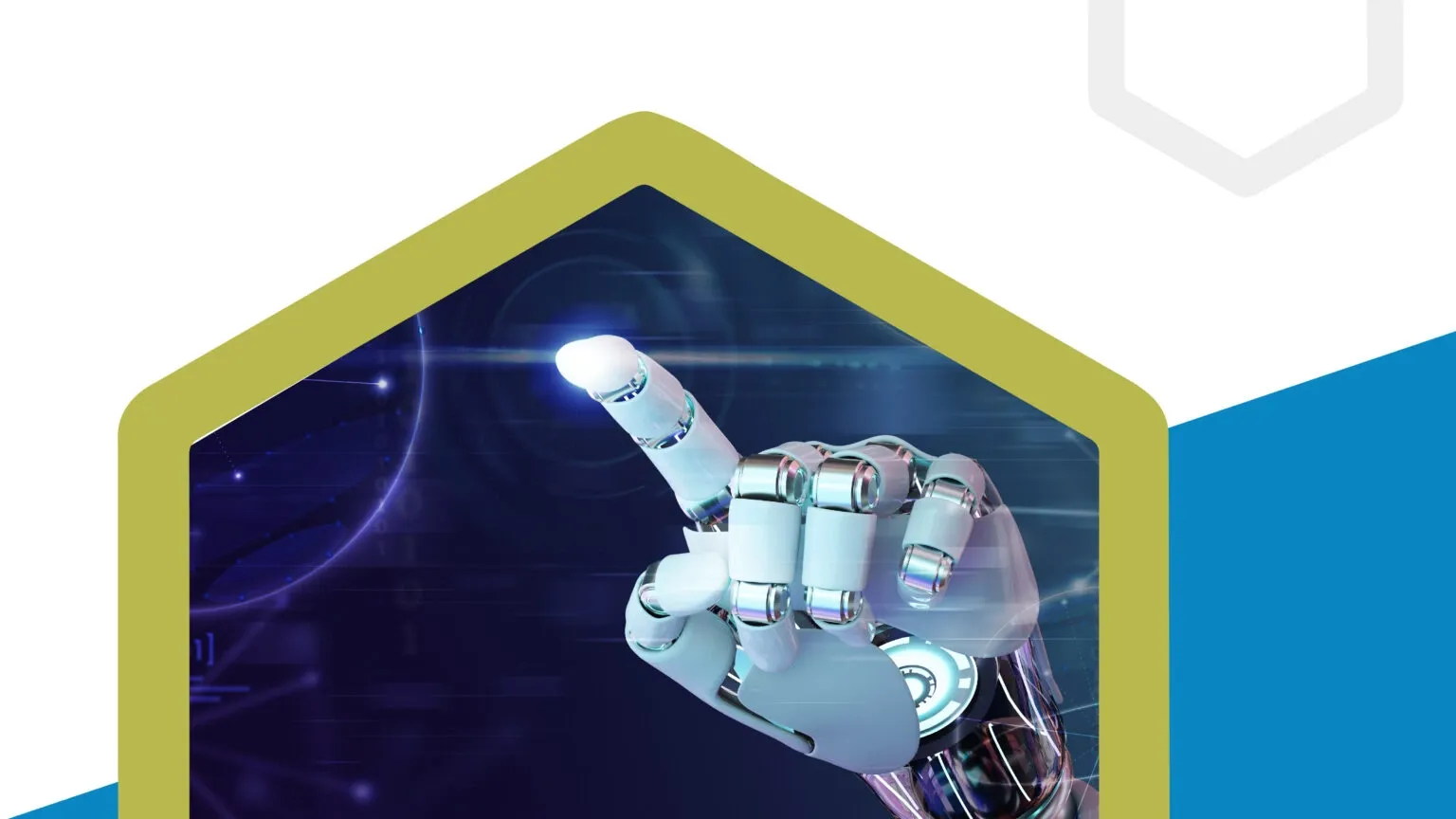
Hyperautomation – Bringing in the Next Level of Automation in the Healthcare Industry
Automation has a significant influence on the full gamut of healthcare operations, including patient data management, claims processing, customer service, and patient-HCP interaction. The cutting-edge technology powering the worldwide digital transition is hyperautomation. Hyperautomation, as described by Gartner, is a leading strategic technology trend. In addition to integrating several platforms and technologies, it uses Artificial Intelligence, Robotic Process Automation Machine Learning, and Business Process Management, Low-code/No-code tools, among many others, to automate complex business processes. Hyperautomation focuses on building a mechanism for automating automation. The hyperautomation framework in healthcare prioritizes sophisticated technologies to scale up automation.
The primary elements of hyperautomation include
- Intelligent automation
- Artificial intelligence (AI)
- Robotic process automation (RPA)
- Chatbots
- Machine learning
- Advanced Analytics
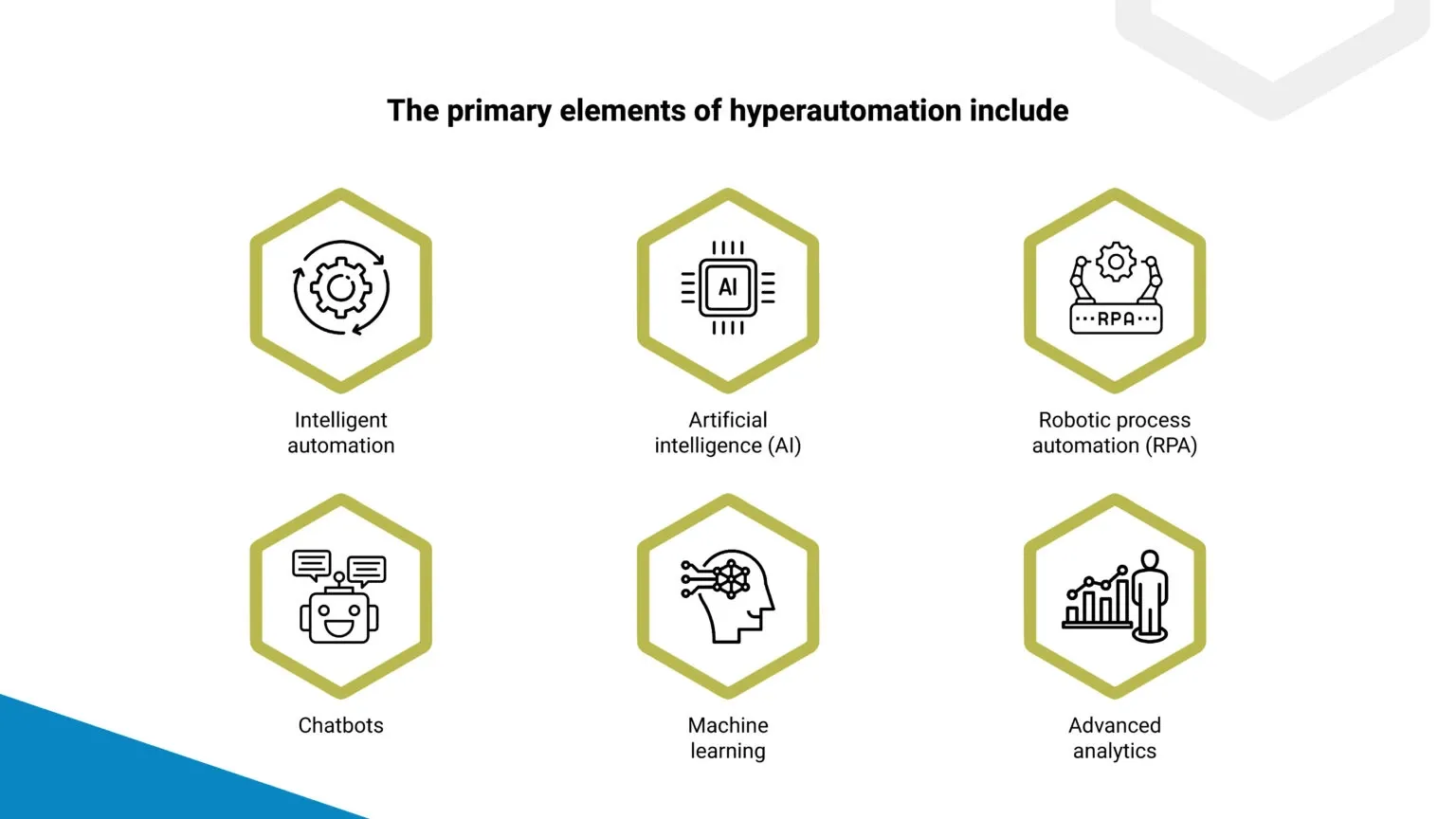
The Healthcare industry always focuses on delivering the best possible service to patients. The use of digital transformation technology in healthcare enables all healthcare organizations to go digital and turn their digital assets into strategic advantages. As automation is scaled up and patient access to treatment is redefined, hyperautomation improves the value of both data and human knowledge while also having a favourable influence on health outcomes.
The following are a few examples of intelligent automation use cases that are popular in the healthcare regulatory & compliance space:
● Biometrics – Patients can be identified using voice biometrics technology. With updated Automation and complex algorithms to authenticate the patients’ identity, hyperautomation provides an extra layer of security during any interaction session.
● AI – Artificial intelligence in the form of virtual assistants and chatbots is used based on the patient’s input stored in self-learning algorithms. Automated chatbots or virtual assistants help out in patient handling and service including patient queries, managing appointments, etc.
● RPA – RPA in healthcare bolster the automation on repetitive manual tasks like claims processing and management reducing human errors and lowering operational costs by almost 80%. Through cloud-based portals, digital transformation technologies enable patients to exchange information with their physicians. This increases patient participation, which leads to more fruitful talks with clinicians and improves a patient’s overall health. The progress of healthcare through the use of digital technology has propelled the healthcare business forward by introducing bio-printing of diverse cells, tissues, and organs, telemedicine, DNA testing, and other medically sophisticated technologies.
● Predictive analytics – The application of advanced analysis has begun with the deployment of new digital technologies in the healthcare industry, such as electronic health records (EGRs). The prediction algorithms are used to assess, compile, collect, and aggregate the whole medical history of the patient. This digital data transformation assists clinicians in evaluating potential diagnoses and streamlining decision-making.
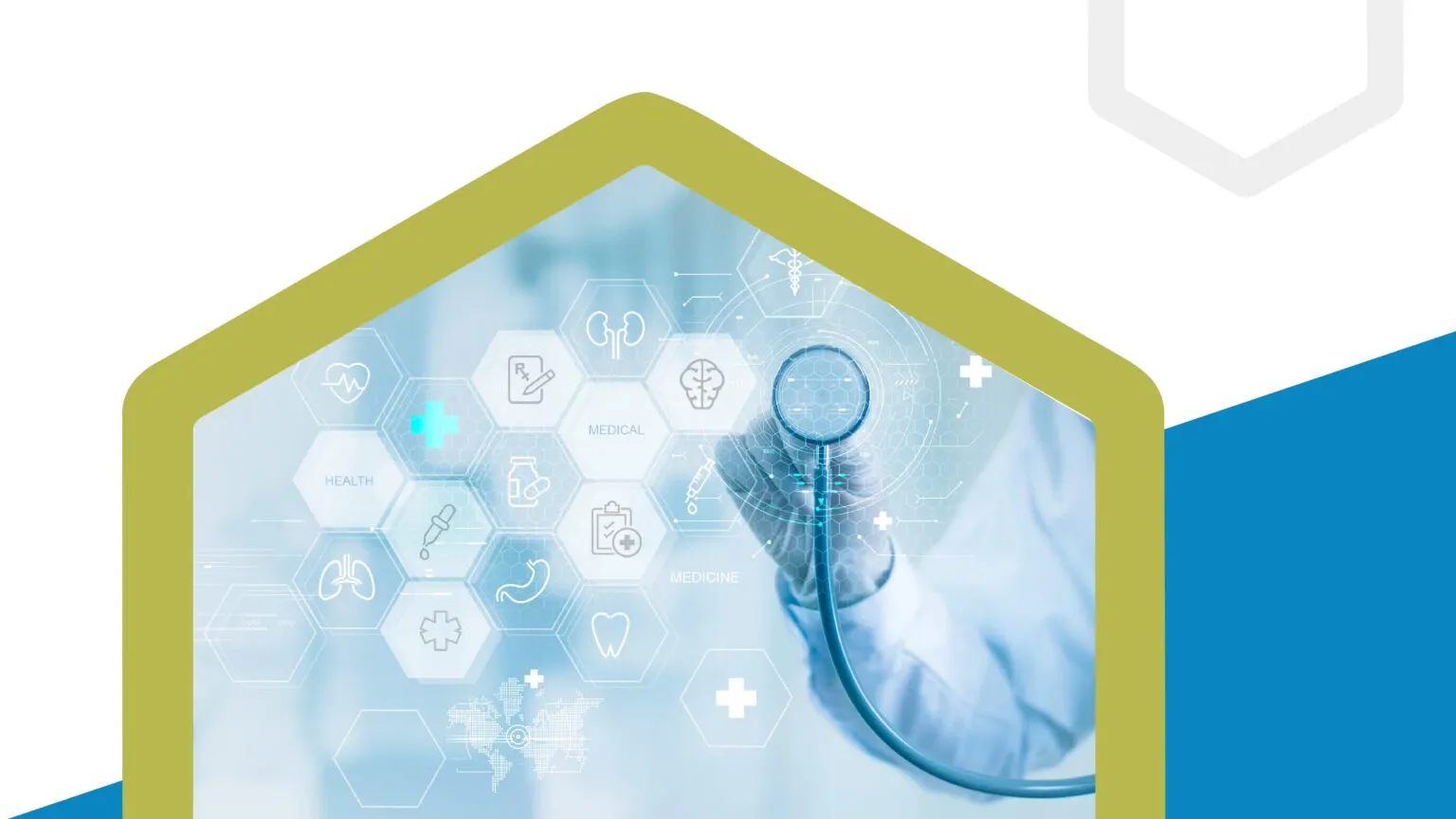
Improving Healthcare Efficiency Through Hyperautomated Labs
Hyperautomation can provide end-to-end automation for a wide range of everyday healthcare processes. Healthcare labs can achieve better results by using clinical and enhanced operational procedures when data-driven insights are successfully integrated. Furthermore, reliable and cost-effective measurements can help to improve therapeutic results. According to a McKinsey report, all automation use cases in healthcare combined are predicted to generate an annual value of $350 billion-$410 billion by 2025. Let’s have a look at some of the applications of automation in healthcare.
Hyperautomation can help in medical diagnosis. Using machine learning and computer vision technology, doctors can properly analyze radiological scans and offer rapid results. Robotics and sophisticated software systems are used in lab automation to automate instruments in lab procedures. Automated solutions enable lab staff to do time-consuming activities more quickly, eliminate lab waste, and enhance overall efficiency. Finally, better efficiency and minimum human inputs assist clinics in cutting expenses.
Many healthcare institutions throughout the world have implemented Hyperautomation. CVS Health, a US healthcare corporation, is a good example. It deployed Hyperautomation in its administrative system, automating several manual tasks such as generating application receipts, and payments and resolving client requests. In addition to accelerating corporate agility, it has reduced the risk of human mistakes and assured regulatory compliance.
Use cases of Hyperautomated Labs include –
● Electroceuticals and Cognitive Devices – Portable, ingestible, implantable, and wearable devices help in monitoring spontaneous health information and delivering accurate data for the right therapy. Electronic implantable devices are used to alter the electrical impulses in the nervous system to treat certain diseases.
● Personalized Medicines – Novel pharmacological treatments that utilize a patient’s cells or deliver specific genetic material are frequently more effective than small-molecule or protein-effector medications at treating illness.
● 3D printing and Robotics – Next-generation automation allows the healthcare industry to produce customized structures made up of biological and industrial materials for complex processes like creating organ transplantation, prosthetics, and precise medication devices.
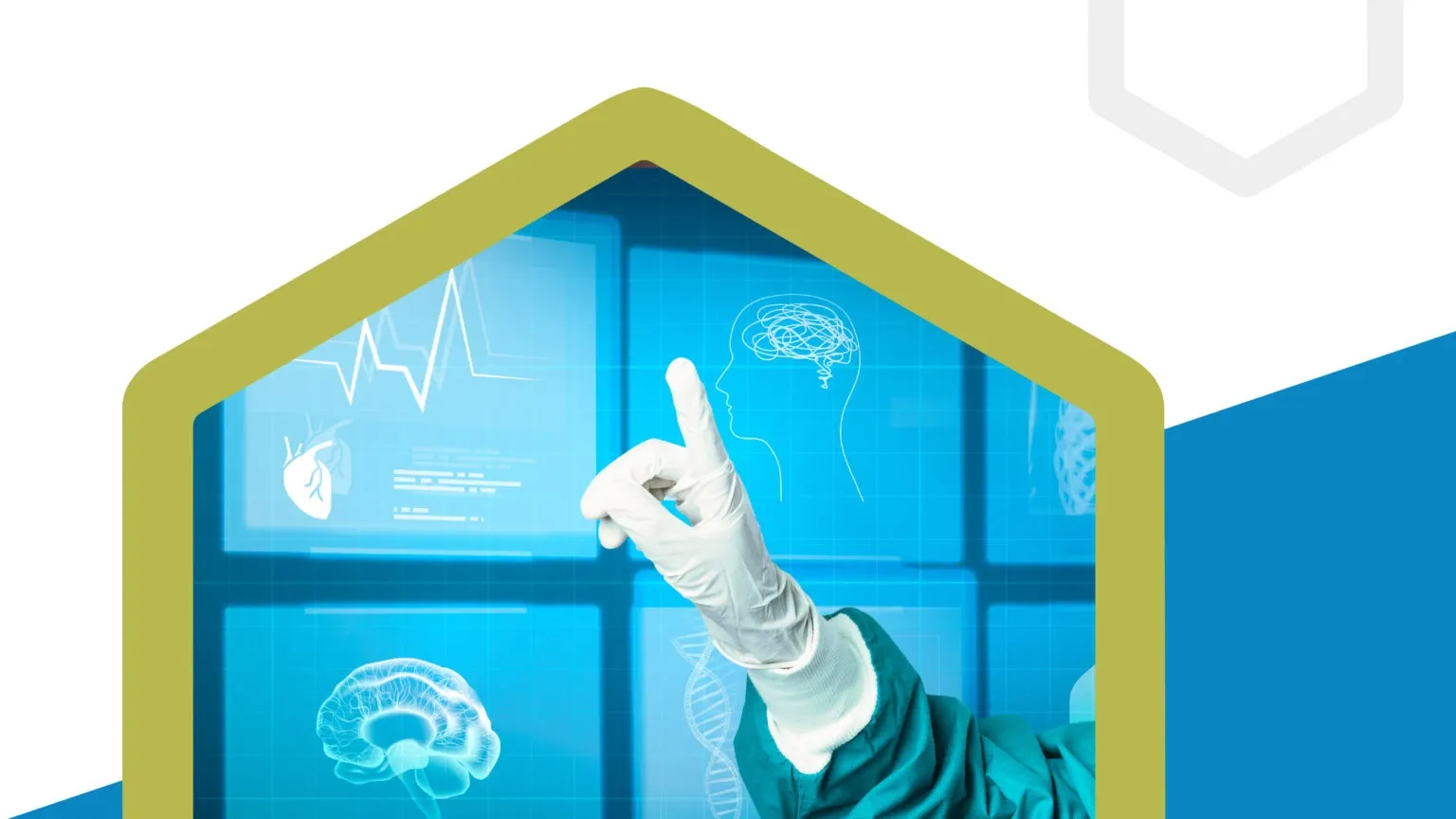
Benefits of Hyperautomation in Transforming Medical Labs
The most notable advantages of hyperautomation in transforming healthcare labs include –
- Improved Performance and Productivity – Hyperautomation enables healthcare labs to transfer their primary attention to providing care to patients by automating monotonous administrative chores. Doctors, nurses, clinical technicians, and other medical personnel may work together more effectively to provide patients with timely and high-quality care. As a result, hyperautomation promotes greater efficiency and collaboration among healthcare companies.
- Enhance Flexibility – Hyperautomation enables flexibility and scalability through intelligent and enhanced automation. As a result, they become capable of balancing large-scale processes. Hyperautomation also decreases reliance on a single digital technology for automating diverse operations by diversifying the tech stack.
- Amplify Automation – Hyperautomation accelerates automation by bringing together disparate technological aspects and techniques. While RPA is at its foundation, AI, ML NLP, data analytics, and other technologies contribute to accelerating the automation speed of processes. These technologies can discover regions that can function without human intervention and improve them through intelligent tool/process allocation. This useful tool enables healthcare labs to properly address modern-day healthcare concerns.
- Cost Reduction – As healthcare labs automate routine administrative processes, the reliance on human staff decreases significantly. This enables healthcare organizations to reduce hiring expenditures. Instead, this money may be directed into other critical areas such as R&D and expanding and repairing hospital infrastructure.
- Improve Business Agility – Business agility denotes an organization’s ability to adapt and alter its care delivery methods to meet the changing requirements of the industry. healthcare labs may use Hyperautomation to improve internal processes, connect healthcare systems with patient requirements, and accelerate the implementation of new healthcare plans/programs.
Conclusion
To achieve more accurate results, healthcare professionals (healthcare labs) are continually searching for novel solutions. While automation is a ground-breaking approach to several problems in the healthcare industry, it has inherent limitations even though it increases overall agility, efficiency, and productivity. The healthcare industry may effectively close the gap between developing practical healthcare solutions and implementing them thanks to the introduction and adoption of hyperautomation as a disruptive technology in the healthcare industry.
JK Tech has established itself as a leader in offering end-to-end automation services. We guarantee a flawless hyperautomation strategy and solution based on our extensive expertise in adapting and operationalizing automation. Boost your brand’s competitiveness with tailored hyperautomation services!
